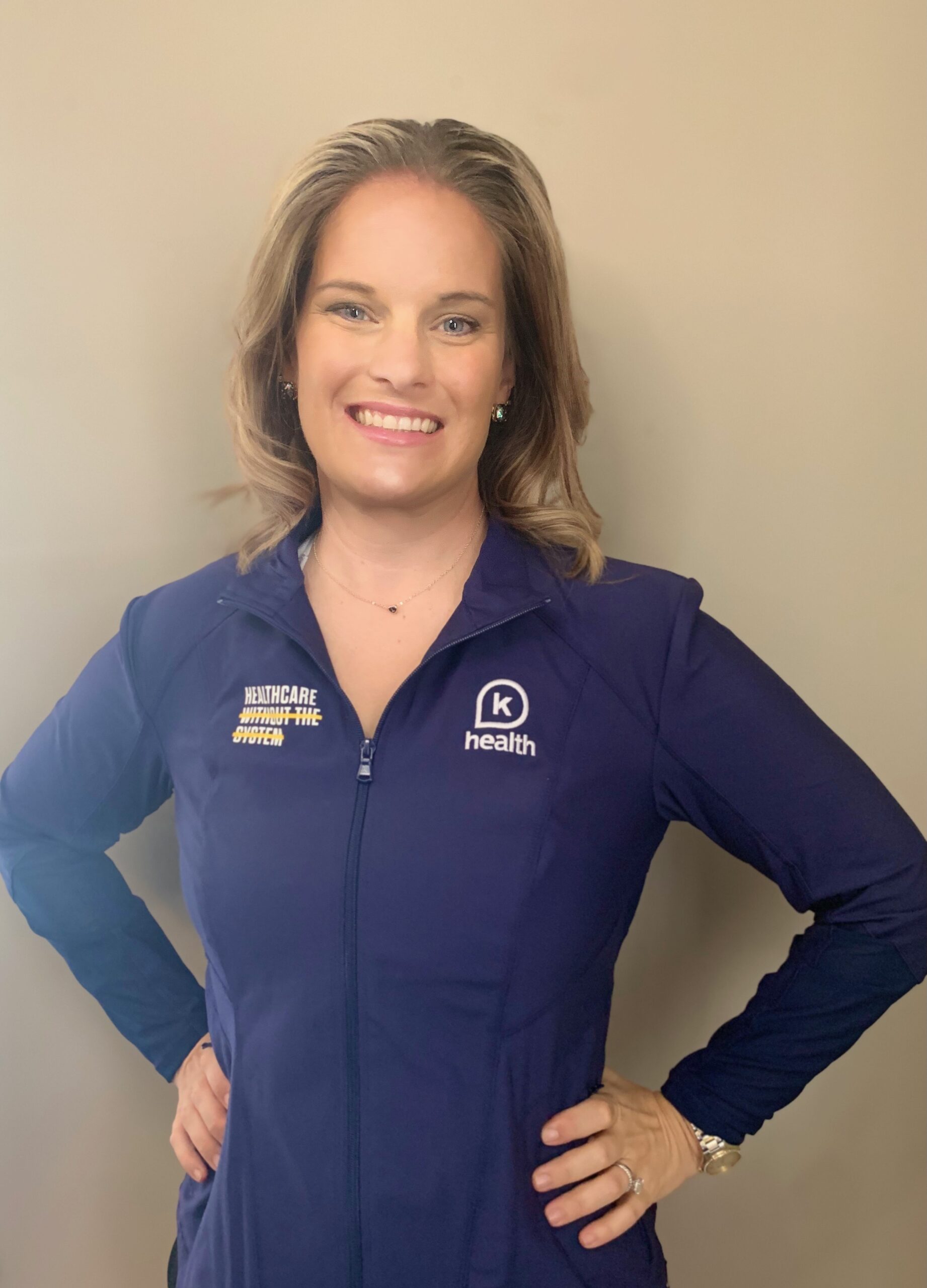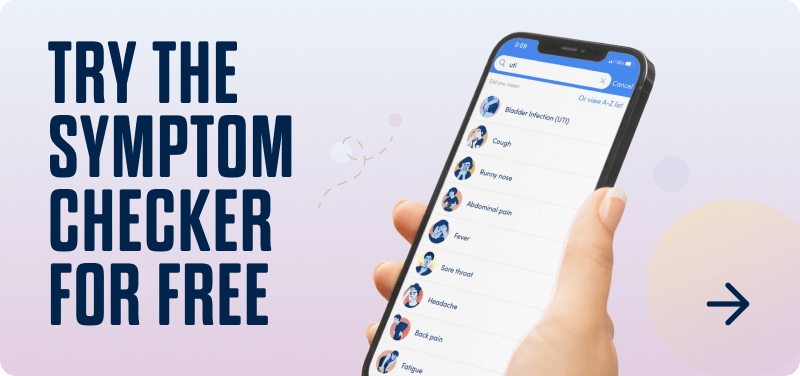Many people suffer from left arm pain, and there are a number of possible causes.
It can be caused by a variety of things, from poor posture to a sports injury, so it’s important to get checked out by a healthcare professional if the pain doesn’t go away within a few days.
In this article, we’ll take a look at the most common reasons for left arm pain, as well as some things you can do to ease the discomfort and when you should see a healthcare professional.
What is Left Arm Pain?
Left arm pain is pain that occurs anywhere in the left arm, from the shoulder to the fingertips. It can be a sharp, shooting pain, or a dull, aching pain.
Left arm pain can also feel like numbness or tingling. Pain in your left arm can come on suddenly or gradually.
Small aches and pain in the left arm are often nothing to worry about and will go away on their own.
However, if the pain is severe, lasts for more than a week, or is accompanied by other symptoms, it’s important to see a healthcare professional.
See a doctor online.
Start my visitCauses
There are many potential causes of left arm pain, but some are more common than others.
Some of the most common causes of left arm pain include the following:
Injury
One of the most common causes of left arm pain is injury.
This could be a sports injury, such as a muscle strain, or a fall.
If you’ve injured your arm, it’s important to see a healthcare professional so that they can assess the damage and give you the appropriate treatment.
Circulation Problems
Poor circulation to the left arm can also lead to pain.
This could be caused by a blood clot in the chest or an infection, or it might simply be a result of poor diet, lack of exercise, and other factors that result in reduced circulation.
Peripheral Neuropathy
Peripheral neuropathy is a condition that leads to damage to the nerves.
This can cause a variety of symptoms, including pain in the left arm.
Peripheral neuropathy is often caused by diabetes, but it can also be caused by other conditions, such as alcoholism or certain medications.
Angina
Angina is a symptom of coronary heart disease. It means your heart muscles aren’t getting enough oxygen-rich blood.
Angina causes symptoms like those of a heart attack, but usually lasts only a few minutes. It usually gets worse when you’re active and better when you rest.
Heart Attack
A blood clot or rupture in a coronary artery can stop the flow of blood to part of your heart. When that happens, the muscle can quickly become damaged.
Without treatment, the heart muscle starts to die, which could be fatal. If you or anyone you know is having symptoms of a heart attack, they should be seen emergently for further evaluation and treatment.
Symptoms of a heart attack include:
- Chest pain or pressure
- Pain in the back, neck, shoulder, or jaw
- Nausea or vomiting
- Shortness of breath
- Light-headedness or fainting
- Breaking out in a cold sweat
- Fatigue
Cervical Stenosis
Cervical stenosis is a condition that occurs when the space in the spinal canal narrows.
This can lead to pain, numbness, or tingling in the left arm.
Cervical stenosis is often caused by arthritis or degeneration of the spine and can often be treated with physical therapy and medication.
Bursitis
The bursa is the fluid-filled sac between the bone and moving parts of a joint. When the bursa becomes inflamed, it’s called bursitis.
Bursitis of the shoulder is often the result of repetitive movement.
The risk of bursitis increases with age. The pain usually increases as you move or if you lie down on your arm or shoulder.
You may not be able to fully rotate your shoulder. Other symptoms include burning and tingling.
Pinched Nerve
A pinched nerve is one that’s compressed or inflamed. It can be a result of a herniated disk due to trauma or a wear-and-tear injury.
Symptoms of a pinched nerve are similar to those of a herniated disk. They may include numbness, tingling, or a burning sensation in your arm.
You may also feel an increase in pain when you move.
Diagnosis
Although arm and shoulder injuries may not be life-threatening, it is still important to seek medical evaluation from a doctor.
Early treatment can help tissues or bones heal and prevent further damage.
If the arm pain is the symptom of a heart attack or an arterial blockage, your healthcare provider will act immediately.
First, they will most likely perform an electrocardiogram (ECG), blood work, a chest X-ray, and possibly a CT tomography angiography scan.
A doctor may also use an imaging procedure called cardiac catheterization.
This test allows doctors to assess the extent of blockages by injecting a dye into the arteries.
Based on the results of this test, doctors may choose noninvasive treatment.
For example, they may prescribe a drug that breaks up blood clots.
At times surgical intervention is needed. In any case time is of the essence and these symptoms should be evaluated as soon as possible.
Treatment
Depending on what’s causing your left arm pain, there are a number of treatments available to help alleviate your symptoms.
Home Remedies
If your arm pain is the result of overuse or strain, there are a few home remedies that can help:
- Rest: Give your arm a break from activity to allow it to heal.
- Ice: Apply ice to the affected area for 20 minutes at a time several times a day.
- Compression: Use a compression bandage to help reduce inflammation.
- Elevation: Raise your arm above heart level to reduce swelling, a sling can also be helpful in some situations.
- OTC medication: Take over-the-counter pain relievers (such as ibuprofen or acetaminophen) to help relieve pain and inflammation.
If a person experiences a heart attack or angina, they should make lifestyle changes to avoid a recurrence.
These might include:
- Quitting smoking
- Reaching a healthy body weight
- Starting an exercise regimen
- Eating a healthy diet that includes plenty of vegetables, fruits, whole grains, and lean meats, as well as low fat dairy products
Medical Care
If home remedies don’t provide relief, or if your arm pain is the result of a more serious injury, your doctor may recommend more advanced treatment:
- Surgery: Depending on the underlying cause of your arm pain, you may be a candidate for surgery to remove or repair damaged tissues.
- Physical therapy: A physical therapist can help you regain strength and range of motion in your shoulder and arm. This will help you get back to your normal routine as quickly and safely as possible.
Left arm pain can be a symptom of a number of conditions, but with early diagnosis and appropriate treatment, it is usually possible to relieve symptoms and prevent long-term damage.
Prevention
There are a few steps you can take to help prevent arm pain from occurring.
These include:
- Maintaining good posture: Sitting or standing with poor alignment places stress on the muscles, tendons, and ligaments in your shoulder and arms, which could lead to injury over time.
- Avoiding repetitive movements: Repeatedly using the same movement patterns can put stress on certain parts of your shoulder and upper arm, increasing the risk of an overuse injury. Always take breaks when needed and get up frequently to stretch out these muscles.
- Warming up before strenuous activity: Taking a few minutes before exercise or heavy lifting to warm up your shoulders and arms will help prepare them for greater stress, reducing their risk of strain or injury.
See a doctor online.
Start my visitWhen to See a Medical Provider
If you experience sudden, severe arm pain or if your arm pain is accompanied by shortness of breath, dizziness, or chest pain, it’s important to seek medical attention right away.
These may be signs of a heart attack or angina and require immediate treatment.
Scheduling an appointment with your healthcare provider is also recommended if you have persistent arm pain that doesn’t improve with home care or if you have any redness, swelling, drainage, or fever associated with your arm pain.
These could be signs of infection and will need to be treated by a medical professional.
Left arm pain can often be alleviated with simple home remedies but if the pain persists, it’s important to see a healthcare professional to rule out more serious conditions.
How K Health Can Help
Did you know you can get affordable primary care with the K Health app?
Download K Health to check your symptoms, explore conditions and treatments, and, if needed, text with a clinician in minutes. K Health’s AI-powered app is based on 20 years of clinical data.
Frequently Asked Questions
K Health has strict sourcing guidelines and relies on peer-reviewed studies, academic research institutions, and medical associations. We avoid using tertiary references.
-
Painful Peripheral Neuropathies. (2006)
https://www.ncbi.nlm.nih.gov/pmc/articles/PMC2430688/ -
Peripheral Diabetic Neuropathy. (2022.)
https://www.ncbi.nlm.nih.gov/books/NBK442009/ -
Angina. (2021.)
https://www.ncbi.nlm.nih.gov/books/NBK557672/ -
Spinal Stenosis. (2021.)
https://www.ncbi.nlm.nih.gov/books/NBK441989/ -
Bursitis. (2022.)
https://www.ncbi.nlm.nih.gov/books/NBK513340/ -
Hand Nerve Compression Syndromes. (2021.)
https://www.ncbi.nlm.nih.gov/books/NBK547683/

 Medically reviewed
Medically reviewed
